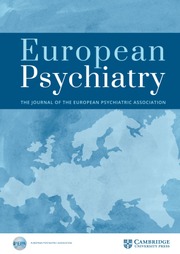FASEB J. 2025 May 15;39(9):e70615. doi: 10.1096/fj.202500288R.
ABSTRACT
Abnormalities in nuclear morphology are specific features of the nuclear envelopathies, including Emery-Dreifuss muscular dystrophy (EDMD). The presence of abnormally shaped nuclei in the skeletal muscles of EDMD patients and murine models has been reported both in vivo and in vitro; however, how the presence of nuclear architectural abnormalities affects disease development and progression remains unclear. In this study, we analyzed slow-twitch soleus (SOL) muscles and fast-twitch extensor digitorum longus (EDL) muscles from the following EDMD model mice: emerin knockout (Emd), LmnaH222P/H222P knockin (H222P), and Emd/H222P double-mutated (EH), to elucidate the effects of altered nuclear shapes on fiber-type-specific disease development. Dystrophic phenotypes were exclusively detected in the SOL muscles of EH mice, and myonuclear shape irregularities were observed only in the SOL muscle but not in the EDL muscle. Recovery from cardiotoxin (CTX) injection improved the shapes of peripheral myonuclei, and muscle histology and function, concomitant with an increase in the number and size of type 1 fibers in the regenerated SOL muscles of EH mice 42 days after the muscle damage. Importantly, nuclear morphology was relatively retained even after 126 days from the CTX injection, although dystrophic pathology gradually progressed. Taken together, our results indicate that the presence of nuclear morphological changes plays a minor role in the fiber-type-specific progression of muscular dystrophy in EDMD.
PMID:40346876 | DOI:10.1096/fj.202500288R
AI-Assisted Evidence Search
Share Evidence Blueprint
Search Google Scholar




